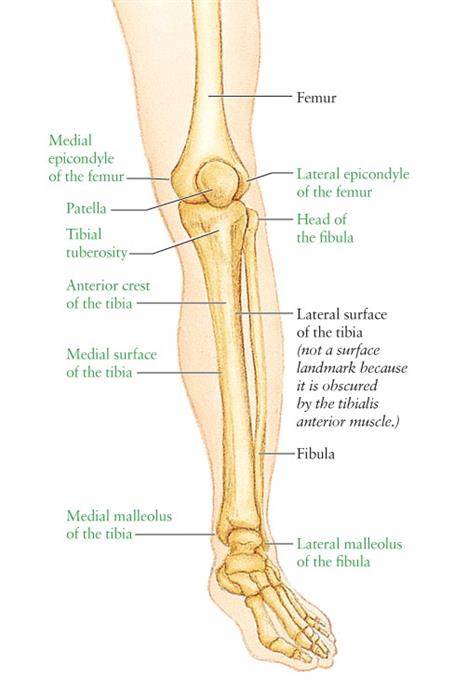LIFESTYLE NEWS - Exercise is one of the ways to improve your physical wellbeing and it aids in great measure to get rid of ailments, aches and pains. Follow the exercise programme provided by the biokineticists at Anine van der Westhuizen Biokineticist in George and feel the difference. This week biokineticist Megan van Huyssteen starts a series on a new topic.
This week we are officially starting with a series on the lower leg and foot and the injuries associated with these areas. First, I will discuss the basic anatomy of the lower leg.
The lower leg is a major anatomical part of the skeletal system. Together with the upper leg, it forms the lower extremity. The lower leg constitutes a major portion of a person's overall mass. At the distal end of the femur (farther away from the body), two rounded condyles meet the tibia and fibula bones of the lower leg to form the knee joint.
The knee is a strong but flexible hinge joint that uses muscles and ligaments to withstand the torques and strains of powerful leg movements.
Between the femur and tibia is the meniscus, a layer of tough fibrocartilage that acts as a shock absorber.
The lower leg contains two major long bones, the tibia and the fibula, which are both very strong skeletal structures. The tibia (shinbone) is located near the mid-line of the leg - the thicker and stronger of the two bones. Interestingly, the tibia is the second largest bone in your body.

The tibia bears most of the body's weight and forms the flexible ankle joint with the tarsal bones of the foot. The fibula is about the same length as the tibia, but is significantly thinner.
The fibula is situated on the lateral (farther from the mid-line) side of the tibia. The fibula also supports the muscles for balance in the lower leg and ankle.
The main muscles in this area of the leg are the gastrocnemius and soleus.
The gastrocnemius is the largest and most superficial of the calf muscles and gives the calf the bulging muscular appearance.
The gastrocnemius is the main propellant in walking and running. The soleus is also a large muscle, but lies deeper than the gastrocnemius. The soleus is in constant use to maintain an upright position when standing.
'We bring you the latest Garden Route, Hessequa, Karoo news'
















